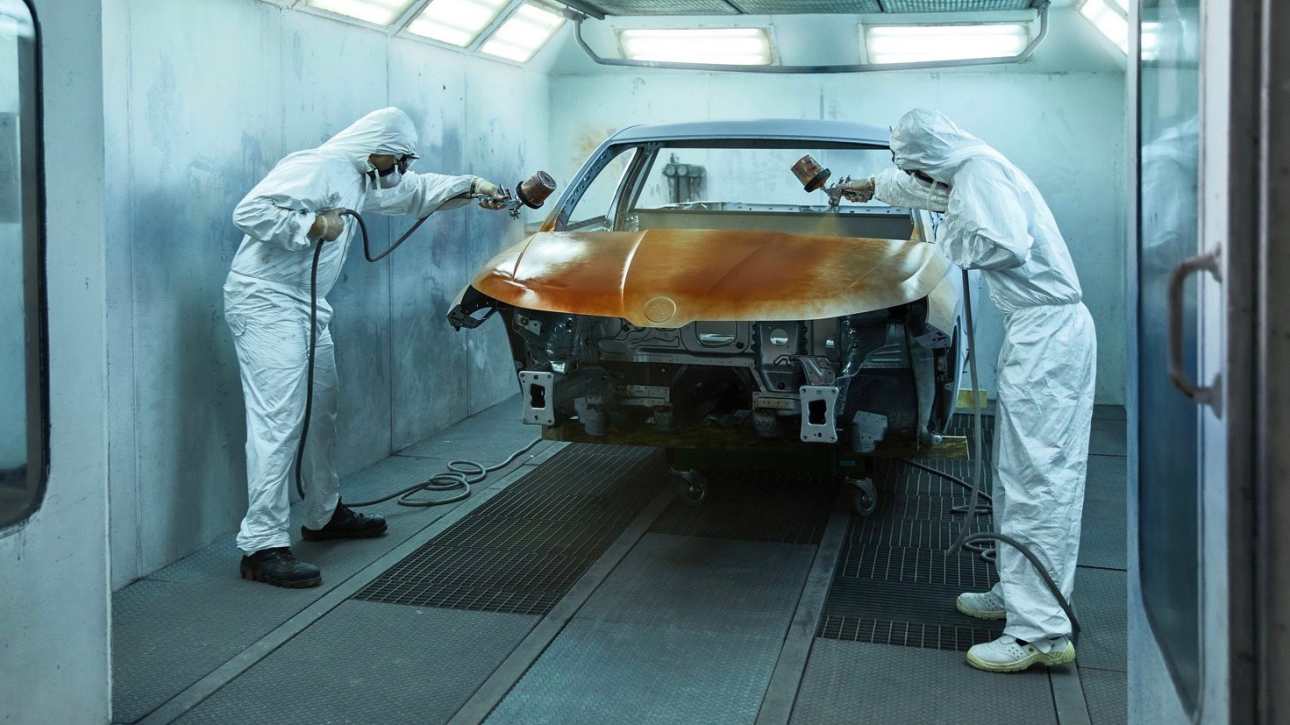
How to Fix Peeling Paint on Car: A Quick Guide
Share
Are you tired of looking at your car's peeling paint? The sight of flakes and blemishes can make even the latest model appear neglected. Understanding how to fix peeling paint on car is crucial for maintaining the aesthetic and resale value of your vehicle. In this guide, we'll explore practical solutions for restoring your car's paint job.
For tech enthusiasts and professionals, a well-maintained car serves as a reflection of ones attention to detail and care. It doesnt just represent a mode of transport; it also signifies a dedication to quality and performance. Lets dive in!

Understanding Peeling Paint: Causes and Solutions
Before we tackle the repair process, its essential to understand what causes paint to peel in the first place. There are several contributing factors:
- The quality of the paint used during the initial application.
- Environmental conditions such as extreme heat or moisture.
- Improper application or lack of surface preparation.
- Neglect in regular maintenance.
Identifying the cause of peeling paint can lead to better repair strategies. Lets move to effective repair techniques.
Gathering Necessary Tools and Materials
To begin with, you will need some basic tools:
- Sandpaper: Different grits (240, 400, 600) for smoothing the area.
- Primer: A good quality primer to help the new paint stick.
- Spray Paint: Ensure it matches your car's color and is compatible with the primer.
- Clear Coat: For that shiny finish and extra protection.
- Masking Tape: To protect areas surrounding the repair zone.
Step-by-Step Process for Repairing Peeling Paint
Now that you have gathered your materials, lets take a look at the step-by-step process of how to fix peeling paint on your car.
Step 1: Prepare the Area
The first step involves preparing the area where the paint is peeling. Use a soft cloth to remove any dirt or debris. Next, apply masking tape around the affected area to protect surrounding paint.
Step 2: Sand the Peeling Area
Choose the appropriate grit of sandpaper. Start with coarser grit (240) and gradually move to finer grits (400 and 600). Make sure to feather the edges where the paint has not peeled to blend it in smoothly.
Step 3: Clean the Area
After sanding, clean the area again to remove dust and debris which can interrupt paint adhesion.
Step 4: Apply Primer
Once the area is clean, apply a coat of primer. This helps the paint adhere better and gives a consistent finish. Allow it to dry thoroughly according to the product instructions.
Step 5: Paint the Area
Using spray paint, apply a light coat over the primer. Allow this coat to dry before applying additional layers. It usually requires two to three light coats for optimal coverage. Check out our guide on what grit sandpaper for tips.
Step 6: Apply Clear Coat
After the paint is fully dried, apply a clear coat to add durability and shine. This is essential for protecting the paint from environmental damages.
Maintenance Tips Post-Repair
Once you've successfully repaired the peeling paint, maintaining it is key to preventing future issues. Here are a few tips:
- Regular washing and waxing.
- Avoid parking under trees or in areas with excessive debris.
- Use a high-quality car cover if parked outdoors for extended periods.
By caring for your paint job, you not only preserve the aesthetics but also the value of your vehicle.

Frequently Asked Questions
1. How long will the paint repair take?
The entire process might take several hours, especially with drying times. However, ensuring each step is followed meticulously is key to a successful repair.
2. Can I fix peeling paint without professional help?
Yes! Most peeling paint issues can be addressed with the right tools and materials, making it a feasible DIY project for tech enthusiasts.
3. How can I prevent peeling paint in the future?
Regular maintenance, proper washing techniques, and a protective coat can help prevent peeling paint. Check out this link for information on perfect paint jobs.
Investing time in understanding how to fix peeling paint on car can save you considerable money and time spent at a professional shop. Ensure you follow all safety protocols when repairing your vehicle as well!
For more information on auto paint processes, check out auto paint processes.
